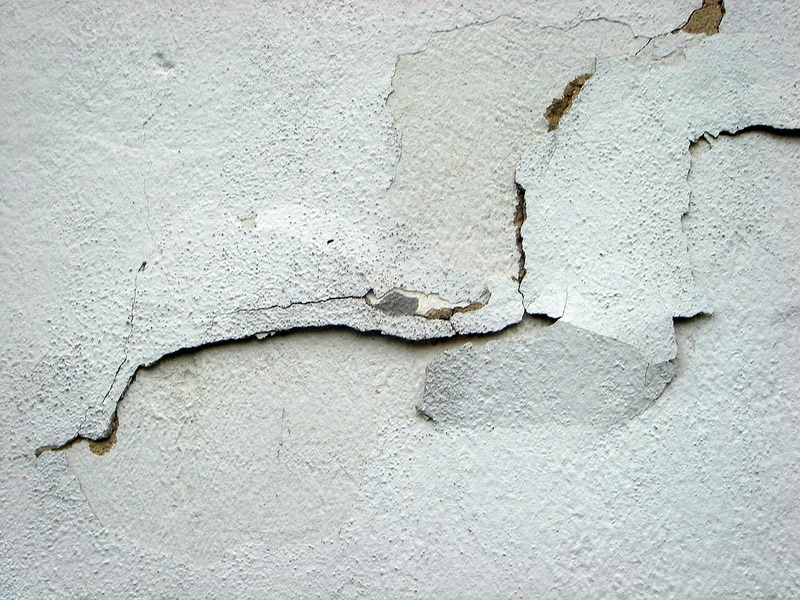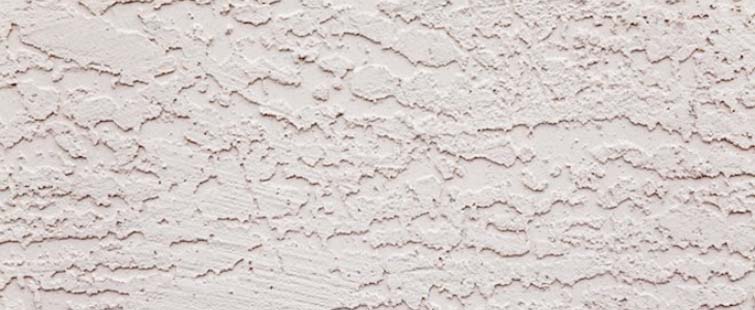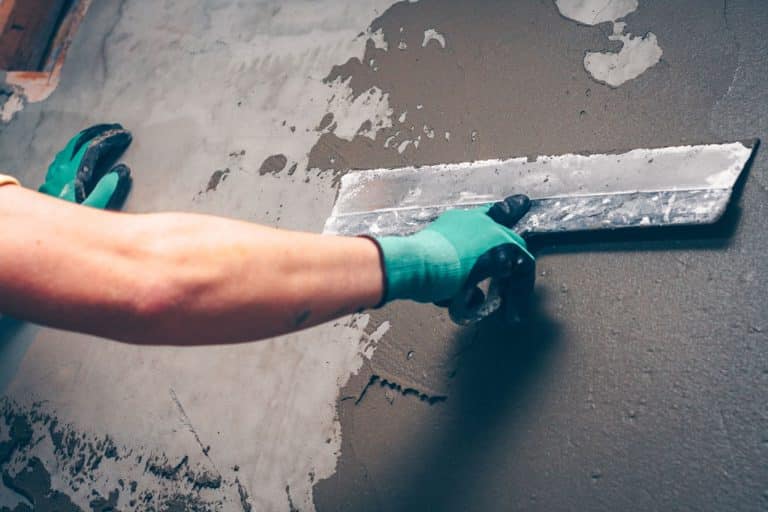How to Repair Stucco

Stucco can endure for 100 years or more, but that doesn’t mean it is impervious. Cracks and holes that develop in the surface let in water that can quickly lead to further damage to the stucco and the underlying surfaces. Patches of stucco can also break free from the wood or metal lath is it adhered to, resulting in loose areas that can grow over time. In this way, small holes often turn into bigger ones, along with more moisture exposure and damage.
Areas of stucco that have come loose or completely fallen away must be repaired with a full restoration process of removing the loose material, installing new building paper and metal lath, and applying three coats of stucco repair mix. Alternatively, if the original stucco is 3/4-inch thick or less, you can apply a single layer of stucco patch (up to 3/4-inch thick) and trowel it to the desired finish.
While it’s possible to mix your own stucco using traditional recipes, using a good-quality premixed stucco repair mix ensures you get the right mix for the application. These products are blended for exceptional strength and bonding and can be applied and colored just like standard stucco. A quick-setting formula also dries much more quickly than traditional stucco, making the repair process considerably faster.
Remove the Loose Stucco
Remove all loose or otherwise damaged stucco in the repair area by tapping it with a hammer and a cold chisel. Break away the loose pieces until you reach solidly adhered stucco along the entire perimeter of the area. Be careful not to damage the underlying wood lath or sheathing.
If there is metal lath under the stucco, cut it out along the perimeter, using metal snips. Remove all nails or screws securing the lath, and remove the lath from the wall.
Add Building Paper
Cut two pieces of grade D building paper to fit the patch area. Each piece should cover all exposed wood materials to create an effective moisture barrier.
Staple the first piece of paper to the wood lath or plywood sheathing, as applicable. Staple the second piece of paper over the first.
Install Metal Lath
Cut a piece of galvanized metal mesh stucco lath, using metal snips. As with the building paper, the lath should match the repair area so there are no gaps between the lath and the edges of the original (well-adhered) stucco.
Position the lath over the building paper and fasten it with galvanized roofing nails. The nails must be long enough to penetrate 1 inch into the wood framing members behind the original lath or, if the wall has plywood sheathing, nails should penetrate the full depth of the sheathing.
Mix the First Batch of Stucco
Mix a batch of quick-setting repair stucco, following the manufacturer’s directions, using a drill and mixing paddle or, for large quantities, a mortar mixer.
Keep the mixed stucco in a shaded area, and be ready to apply it as soon as it is mixed. Quick-setting stucco typically has a working time of 45 minutes or less, so mix only as much as you can apply in that time.
Apply the Scratch Coat
Spray the edges of stucco around the patch area with water (to prevent premature drying of the new stucco). Scoop a fist-size amount of wet stucco onto a trowel, then sling the stucco onto the metal lath to embed the wet mix into the openings in the mesh. The stucco should be able to hold onto the mesh by itself.
Repeat the process to cover the entire patch area, then smooth the stucco into a flat, even layer that is within 1/2 inch of the original stucco surface. Carefully press and smooth the wet stucco along the edges of the patch to bond the new stucco with the old.
Scarify the scratch coat with a trowel or scarifier, then let the coat cure as directed the mix manufacturer. You may need to water-cure the stucco by spraying it with water periodically. Curing may take only one to two hours, depending on the conditions and the stucco product.
Apply the Brown Coat
Mix a batch of stucco for the second, or brown, coat. Trowel the stucco onto the patch surface in a smooth, even layer that is recessed 1/8 inch from the surrounding original stucco. Let the brown coat cure as directed, misting with water, as applicable.
Apply the Final Coat
Mix a batch of stucco for the final, or color, coat. This coat can be a standard or custom-order color to achieve the desired look. However, it is very difficult to color-match a patch so that is blends with the surrounding stucco; hiding a patch completely often requires painting or coating the entire wall with a compatible paint or pigmented coating.
Apply the final coat with a trowel so it is flush with the surrounding area. Texture the coat, if desired, to match the original finish. Let the stucco cure as directed.
This article was cross posted from thebalancesmb.com. Original post can be read in it’s entirety here.
Original post here: How to Repair Stucco




